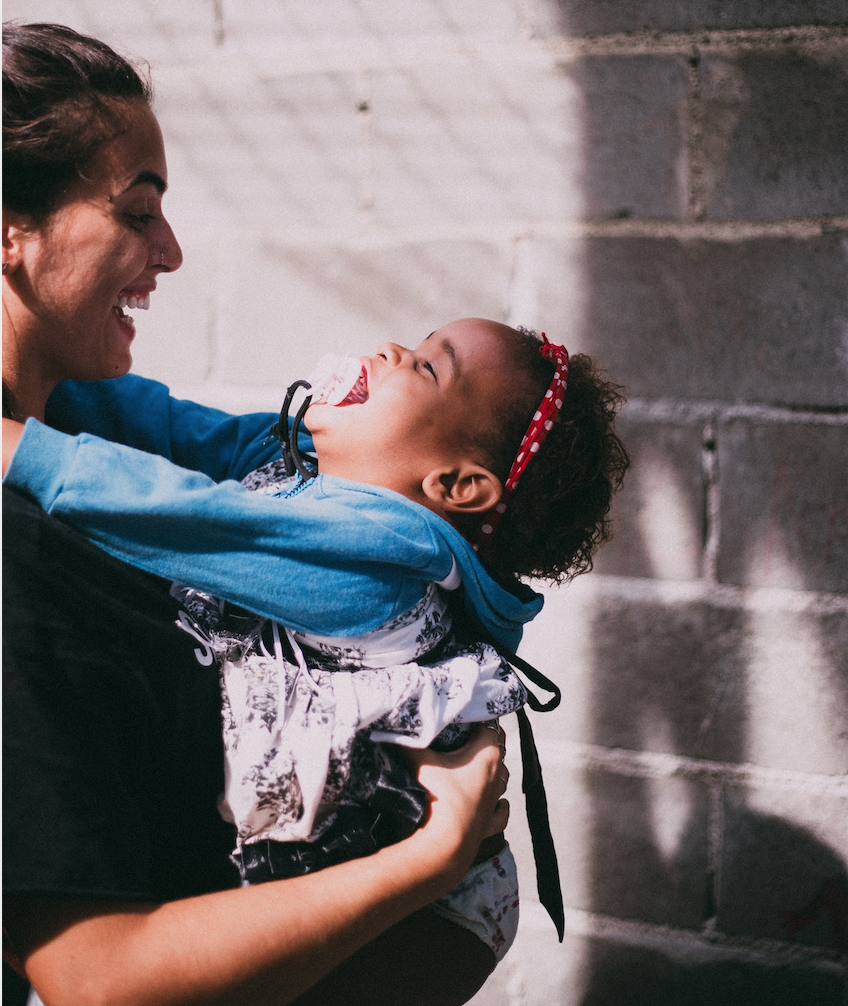April is National Child Abuse Prevention Month
Nearly 700,000 children are abused in the U.S. every year. This number is already frightening, but unfortunately the reality is likely much higher as many cases go unreported. April is a month set aside to identify, address, and prevent child abuse. The first step to prevention is education.
"Children are one of our most precious yet vulnerable parts of our society. Children look up to their parents, trust and rely on them to take care of them. Children need to be nurtured, valued and supported in a safe environment so they can flourish emotionally, physically and developmentally," says Lisa Haya, LCSW, Vice President, Child and Family Services.

Types of Child Abuse
Neglect: Neglect can manifest physically, educationally, or medically. Physical neglect includes failure to provide basic survival needs for a child, such as food, clothing, and shelter, as well as inadequate or absent supervision. Neglect can also occur if a parent fails to enroll a child in school or provide homeschooling. Medical neglect is failing to provide proper care for any sickness or injuries a child may experience. Nationally, neglect is the most common form of abuse and often co-occurs with other forms.
Physical Abuse: When someone close to a child deliberately causes physical harm is classified as physical abuse. These injuries can cause long-lasting and sometimes fatal consequences.
Sexual Abuse: Child sexual abuse can include any form of inappropriate touching, harassment, or assault on a child by someone else.
Emotional Abuse: Emotional abuse psychologically damages a child in many ways. Constant threats and criticism as well as rejection and absence of love and support classify as emotional abuse.
Implications of COVID-19 on Abuse
The coronavirus crisis has exacerbated child abuse and often places children constantly in the care of their abusers. Teachers, social workers, and doctors are often able to identify the symptoms when interacting with a child in person, but adding a virtual aspect has made it more difficult to identify and properly address.
"Child abuse and neglect can have long lasting effects on a child's health and well-being. During this pandemic especially, stressors are high and supports are limited. When we become aware of a parent struggling in their parenting role or are concerned about the care of their children, we need to act, offer support, and protect our vulnerable little ones," Haya adds.
Here are a few ways to adapt to the pandemic's effects on identification:
- Observe the state of the house in a video call. Look for messiness, pests or rodents, etc. as well as changes in the residents of the house. Do the children appear dirty and unbathed? Have they lost a significant amount of weight indicating food shortage?
- Keep an eye out for frustration. Ask parents how they're coping with the added stress.
- Talk to the children. Ask for time to speak one-on-one with the children and observe reactions and behavior.
How You Can Help
The first line of defense in a time of emergency is 911. If the situation is not dire, you can call or text the Childhelp National Child Abuse Hotline at 1.800.4.A.CHILD (1.800.422.4453) 24/7 to report any signs or suspicions. Each state has their own prevention measures that can be found here.
In addition to reporting abuse and getting professional help, it's important to show your support to the child so they feel comfortable and safe being honest with you. Give them affirmations and remind them that you are always available to talk and help.
With more awareness and prevention efforts we can help children across the country in need. If you or a loved one are struggling with abuse, trauma, or mental illness, clinicians in our Counseling & Wellness Centers are available to help.
Call our main number at 844-4-ACENDA (844-422-3632 x9500) for more information or to schedule an appointment.
Sources:
https://www.nationalchildrensalliance.org/media-room/national-statistics-on-child-abuse/